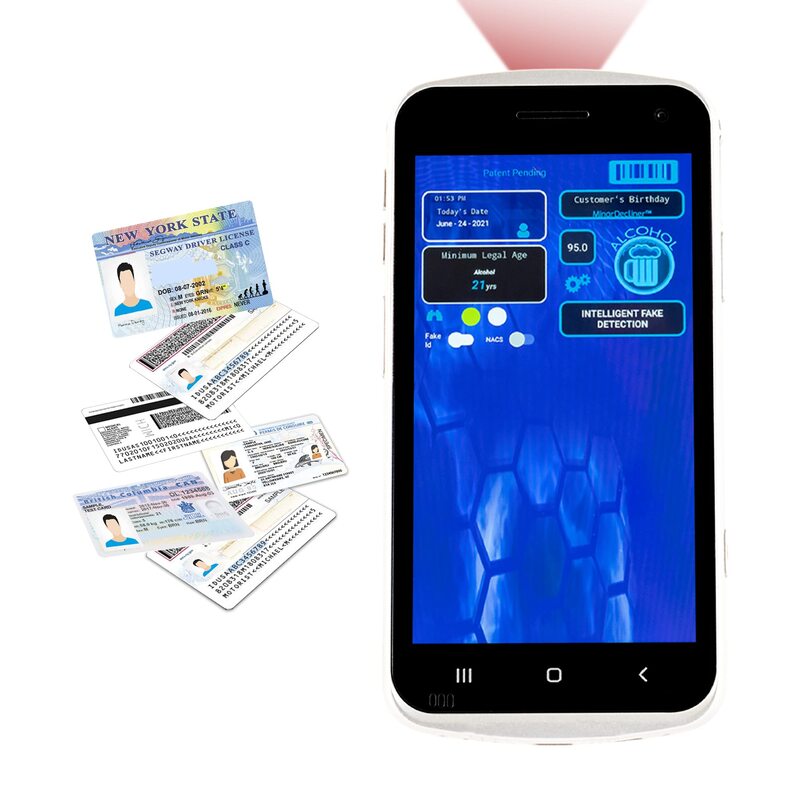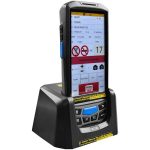In today’s digital age, efficient and accurate identity verification has become crucial for businesses and institutions. ID scanning apps have emerged as powerful tools to streamline this process, ensuring quick and reliable authentication of identification documents. These apps employ advanced technologies to scan, verify, and record ID information, enhancing security and operational efficiency. Therefore, understanding the features, benefits, and applications of ID scanning apps is essential. This comprehensive guide explores the functionality, usage scenarios, and best practices for ID scanning apps. By following these insights, you can leverage this technology to optimize identity verification and data management in various contexts.
Key Features of ID Scanning Apps
ID scanning apps come equipped with a range of features designed to facilitate efficient identity verification. Therefore, exploring these key attributes highlights the technological capabilities of these applications.
Optical Character Recognition (OCR)
One of the primary features of ID scanning apps is Optical Character Recognition (OCR) technology. OCR allows the app to extract text from scanned images of identification documents, such as driver’s licenses, passports, and ID cards. This feature automates the data entry process, converting printed or handwritten text into machine-readable data quickly and accurately. OCR significantly reduces manual input errors, enhancing the reliability of the verified information. By automating data extraction, OCR streamlines the identity verification process and saves valuable time. Therefore, recognizing the importance of OCR technology underscores its role in improving efficiency and accuracy.
Barcode and QR Code Scanning
Many identification documents include barcodes or QR codes that store vital information. ID scanning apps are equipped to scan and decode these codes, providing an additional layer of verification. This feature ensures that the data on the document matches the encoded information, preventing forgeries and discrepancies. Barcode and QR code scanning capabilities enhance the thoroughness of identity verification, making it more difficult for fraudulent documents to pass undetected. Therefore, understanding the significance of barcode and QR code scanning highlights its role in strengthening security and authenticity.
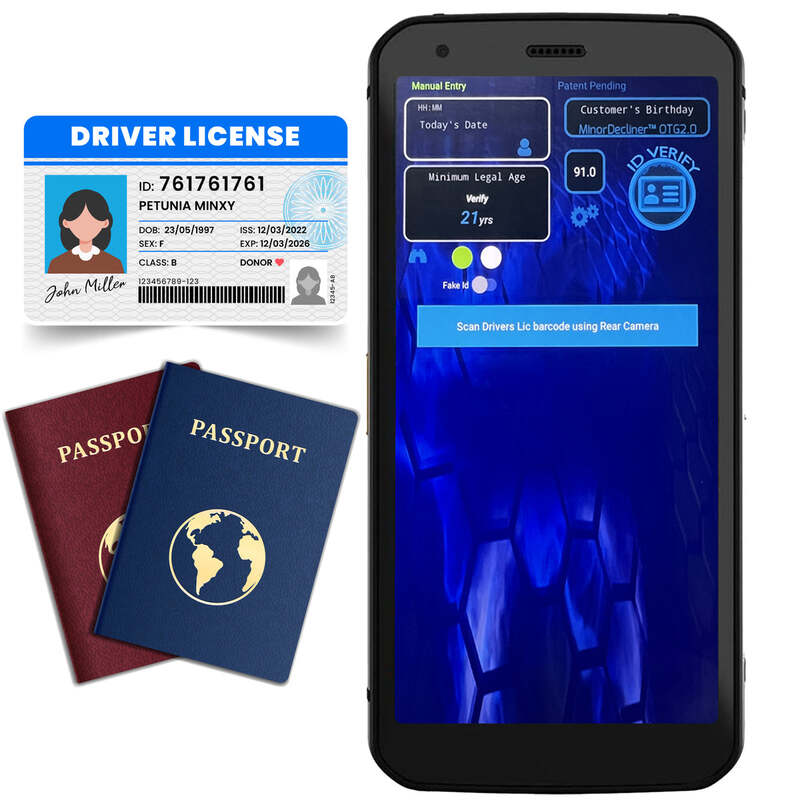
Benefits of Using ID Scanning Apps
The adoption of ID scanning apps offers numerous benefits for businesses, institutions, and individuals. Therefore, exploring these advantages underscores the value of implementing this technology.
Enhanced Security
Enhanced security is one of the primary benefits of using ID scanning apps. These apps employ multiple verification layers, including OCR, barcode scanning, and holographic analysis, to ensure the authenticity of identification documents. By detecting forgeries and discrepancies, ID scanning apps prevent fraudulent activities and unauthorized access. Businesses and organizations can safeguard sensitive information and reduce the risk of identity theft. Enhanced security measures provided by ID scanning apps offer peace of mind and protect both the institution and its clients. Therefore, recognizing the importance of enhanced security emphasizes the value of reliable identity verification.
Improved Operational Efficiency
Improved operational efficiency is another significant benefit of adopting ID scanning apps. These apps streamline the identity verification process, reducing the time and effort required for manual checks. Automated data extraction and real-time verification enable faster and more accurate processing, minimizing delays and bottlenecks. Additionally, ID scanning apps can integrate with existing systems and databases, further enhancing workflow efficiency. This improved operational efficiency allows businesses to focus on core activities and enhance customer service. Therefore, understanding the significance of operational efficiency highlights the productivity gains offered by ID scanning apps.
Common Applications of ID Scanning Apps
ID scanning apps are versatile tools used in various industries and scenarios. Therefore, exploring common applications helps identify the wide-ranging utility of this technology.
Hospitality and Nightlife Industry
The hospitality and nightlife industry is one of the most prevalent users of ID scanning apps. Bars, clubs, and hotels use these apps to verify the age and identity of patrons, ensuring compliance with legal requirements. By quickly scanning IDs at the entrance, establishments can prevent underage drinking and maintain a safe environment. Additionally, these apps can help track guest information, enhancing customer service and marketing efforts. The use of ID scanning apps in the hospitality industry ensures regulatory compliance and improves guest management. Therefore, recognizing the applications in hospitality and nightlife underscores the technology’s role in enhancing safety and service.
Financial Institutions
Financial institutions also benefit significantly from ID scanning apps. Banks, credit unions, and loan providers use these apps to verify the identity of clients during account opening, loan applications, and other transactions. Accurate and quick identity verification helps prevent fraud, money laundering, and other financial crimes. By integrating ID scanning apps with customer databases and compliance systems, financial institutions can streamline their operations and improve security. Therefore, understanding the applications in financial institutions highlights the importance of accurate identity verification in financial transactions.
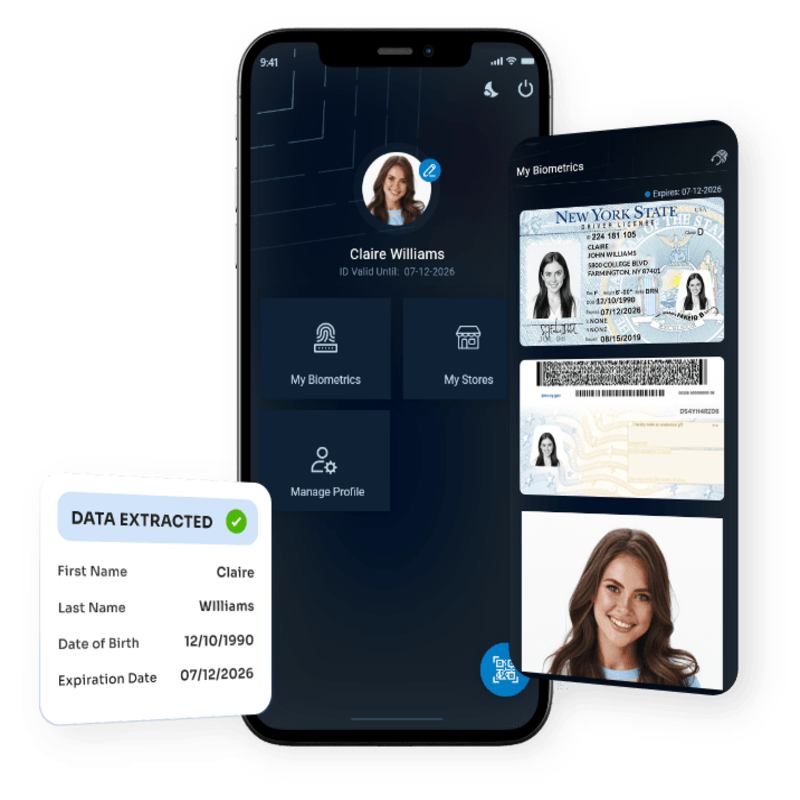
Selecting the Right ID Scanning App
Choosing the right ID scanning app involves evaluating various factors to ensure it meets specific needs. Therefore, exploring these considerations helps in making an informed decision.
Compatibility and Integration
Compatibility and integration are crucial factors to consider when selecting an ID scanning app. The app should be compatible with the devices used by your organization, whether they are smartphones, tablets, or dedicated scanners. Additionally, the app should integrate seamlessly with your existing systems, such as databases, customer relationship management (CRM) software, and compliance platforms. Ensuring compatibility and integration enables smooth operations and maximizes the efficiency of the ID scanning process. Therefore, recognizing the importance of these factors underscores their role in selecting the right app.
Accuracy and Speed
Accuracy and speed are essential attributes of an effective ID scanning app. The app should provide high accuracy in data extraction and verification, minimizing errors and false positives. It should also process scans quickly to ensure a seamless user experience and avoid delays. User reviews and performance metrics can provide insights into the accuracy and speed of different apps. Choosing an app with proven accuracy and speed enhances the reliability and efficiency of identity verification processes. Therefore, understanding the significance of accuracy and speed highlights their impact on the overall effectiveness of the ID scanning app.
Best Practices for Using ID Scanning Apps
Implementing best practices for using ID scanning apps ensures optimal performance and security. Therefore, exploring these practices helps maximize the benefits of this technology.
Regular Updates and Maintenance
Regular updates and maintenance are essential for keeping your ID scanning app effective and secure. Developers frequently release updates to improve functionality, enhance security, and address any issues. Ensure that your app is always up to date by enabling automatic updates or regularly checking for new versions. Additionally, perform routine maintenance on your devices and systems to prevent technical issues. Adhering to best practices for updates and maintenance ensures the app operates smoothly and securely. Therefore, recognizing the importance of regular updates highlights their role in maintaining optimal performance.
Employee Training
Employee training is crucial for the successful implementation of ID scanning apps. Provide comprehensive training sessions for staff to familiarize them with the app’s features, functionalities, and best practices. Ensure they understand how to use the app correctly, troubleshoot common issues, and follow security protocols. Well-trained employees can effectively use the app to verify identities and handle sensitive information securely. Ongoing training and support help address any questions or challenges that arise. Therefore, understanding the significance of employee training underscores its role in the effective use of ID scanning apps.
Common Misconceptions About ID Scanning Apps
There are several misconceptions about ID scanning apps that can affect their adoption and usage. Therefore, exploring these misconceptions helps clarify important aspects of this technology.
Only for Large Enterprises
A common misconception is that ID scanning apps are only suitable for large enterprises. While these apps offer significant benefits for big businesses, they are equally valuable for small and medium-sized enterprises (SMEs). ID scanning apps can enhance security, streamline operations, and improve customer service for businesses of all sizes. Many apps offer scalable solutions, allowing SMEs to customize features according to their needs and budget. Therefore, recognizing the suitability for all business sizes highlights the accessibility of ID scanning apps.
Requires Extensive Technical Expertise
Another misconception is that using ID scanning apps requires extensive technical expertise. Most modern ID scanning apps are designed with user-friendly interfaces and intuitive features, making them accessible to users with varying technical skills. Comprehensive user guides, tutorials, and customer support further simplify the setup and usage process. Employees can quickly learn to operate the app and perform identity verification with minimal technical knowledge. Therefore, understanding the ease of use highlights the practicality of ID scanning apps for all users.
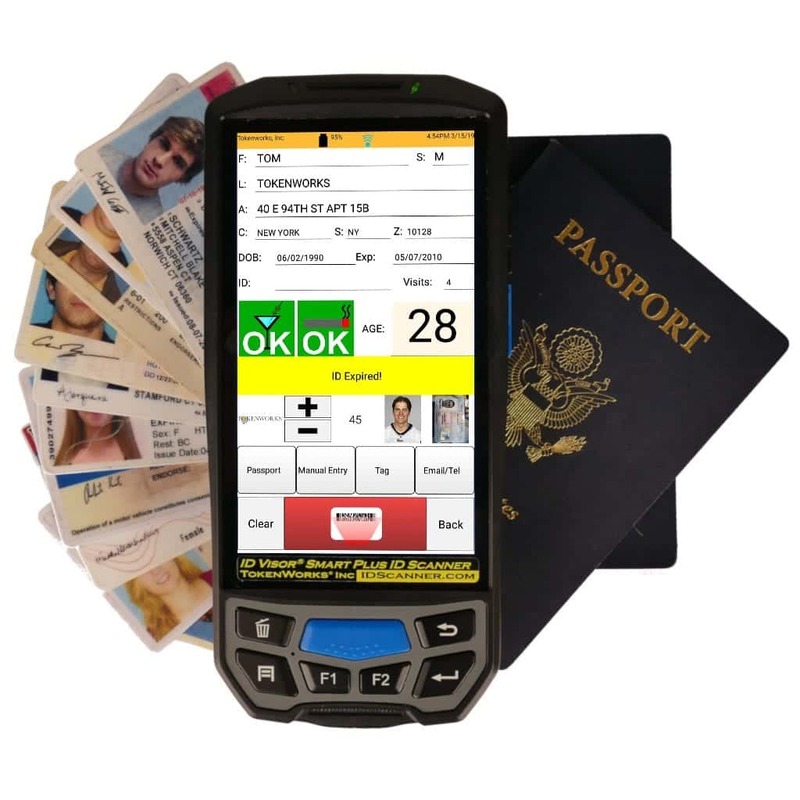
Future Trends in ID Scanning Technology
ID scanning technology continues to evolve, driven by advancements in machine learning and artificial intelligence. Therefore, exploring future trends helps identify the direction of innovation in this field.
AI and Machine Learning Integration
The integration of AI and machine learning (ML) is poised to revolutionize ID scanning technology. AI and ML algorithms can enhance the accuracy and efficiency of document verification by analyzing patterns and detecting anomalies. These technologies enable the app to learn from previous scans, continually improving its performance. AI-driven ID scanning apps can also provide real-time feedback and decision-making support, further streamlining the identity verification process. Therefore, recognizing the potential of AI and ML integration highlights the future advancements in ID scanning technology.
Biometric Verification
Biometric verification is another emerging trend in ID scanning technology. Combining ID scanning with biometric features, such as facial recognition or fingerprint scanning, adds an additional layer of security. Biometric data provides a unique identifier that is difficult to forge or steal, enhancing the reliability of the verification process. As biometric technology becomes more accessible and affordable, it is expected to become a standard feature in ID scanning apps. Therefore, understanding the significance of biometric verification underscores its role in future security enhancements.
Conclusion
ID scanning apps are powerful tools for efficient and secure identity verification, offering numerous benefits for businesses and institutions. Proper knowledge ensures effective implementation and maximized benefits.
Exploring features like OCR and barcode scanning, recognizing the importance of security and operational efficiency, and identifying common applications provides valuable insights into the functionality and utility of ID scanning apps. Recognizing key considerations for selecting the right app, understanding best practices for updates and training, and debunking common misconceptions further enriches your understanding.
By engaging with future trends in technology, considering compatibility, and prioritizing accuracy and speed, you can leverage ID scanning apps to optimize identity verification and data management. Therefore, whether you are in the hospitality industry, financial sector, or any other field requiring reliable identity verification, understanding these aspects offers practical and valuable insights. Embrace the opportunity to enhance security and efficiency with ID scanning apps, knowing you have the knowledge and resources to implement and use this technology effectively!
